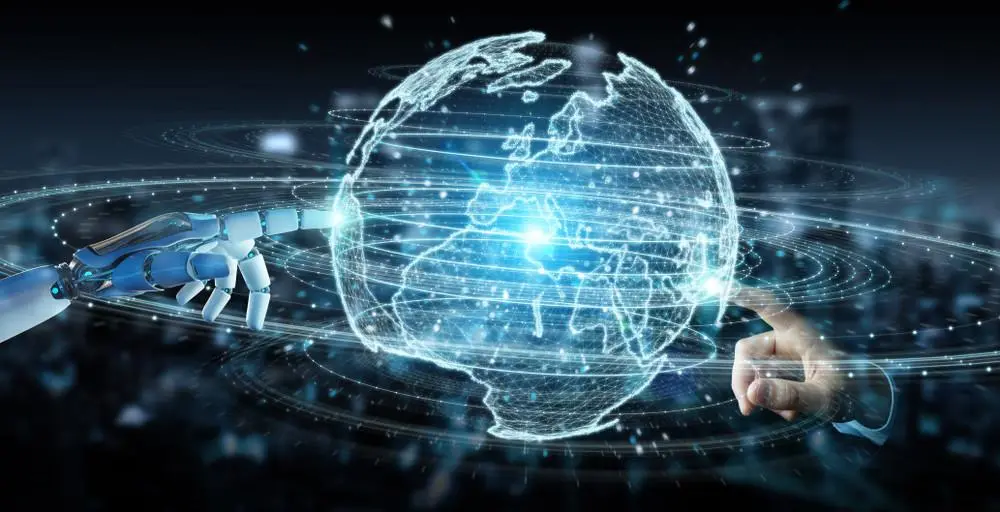Never thought that artificial intelligence (AI) can save our planet? Let’s change that thought. Disaster response, smart farming, and pollution control are only a few ways environmental scientists are saving the earth with AI.
When we think of the innovative technology AI, the first and the foremost thing that pops up in our mind might be robots. Though robots are one of the applications of AI, there are many other applications that increasingly have the potential to help humankind. One such AI application area where the technology shines through is in the field of environmental services. AI has immense potential to become planet-friendly, nay, planet-preserving! We know that our planet Earth suffers from numerous problems, such as pollution, disasters, lack of food services, water scarcity, to name a few. AI can help global governments address all of these issues, thereby improving the well-being of humans and the planet in general. Curious to know how? Let’s dive in to understand more.
1. Disaster Prediction
Disasters are terrifying, aren’t they? Is there any way to predict the disaster so that the citizens can take actionable steps? Well, AI can help you with this. Through the reinforcement learning approach, engineers train AI models with rich data such that the prediction made by the final AI model is accurate. In the case of a disaster, government and environmental scientists can gather the most useful, informed, actionable, and critical data from satellite images. AI can take these images as inputs to predict the occurrence of disasters, if any. For example, if the pictures reveal any changes in the sea, then the AI model could predict an impending tsunami.
2. Precision Agriculture
Did you know, 41 million Americans struggle with hunger? That’s quite a considerable number, isn’t it? Hence, the government has moved a step ahead to solve the hunger issues of the US by leveraging advanced technologies. AI-aided precision agriculture is one such smart move towards addressing this issue. By embedding sensors on the field, farmers can gather real-time data on the condition of the crop and soil. The sensors give data on the sudden climatic change, moisture levels, and the temperature of the soil. AI can take the collected data as inputs, and then suggest appropriate decisions to farmers for enhancing the crop yield. For example, AI apps can help farmers suggest the correct time to water the crops or the right amount of fertilizers needed for the crops. The proper use of water and fertilizers for crops, along with extra-care, will undoubtedly enhance the crop yield.
3. Pollution Control
In the US, 20,000 annual deaths are recorded due to pollution, indicating that the country is facing a significant issue of pollution. Hence, the government should take into account this issue on a priority basis. One of the best ways to control pollution is to leverage IoT and AI and find appropriate prevention solutions for transforming the US into an eco-friendly, clean, and fresh country. By incorporating sensors and cameras, the government can gather real-time data on weather temperature, pollution levels, and number of vehicles. By processing the collected data, AI algorithms can predict which areas of America are highly under risk of pollution attack. The government can then take stringent actions for reducing the pollution level in that area. Besides, the widespread adoption of this fantastic innovation, autonomous electric vehicles, will solve pollution issues altogether.
But, before leveraging AI, the government should encourage citizens and make them aware of the current problems faced. Once the country gets the support from its people, the government can leverage AI for finding more ways to make our planet sustainable.




Leave your comments
Post comment as a guest